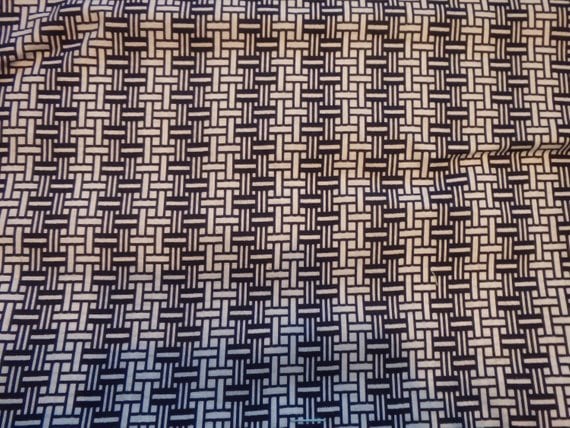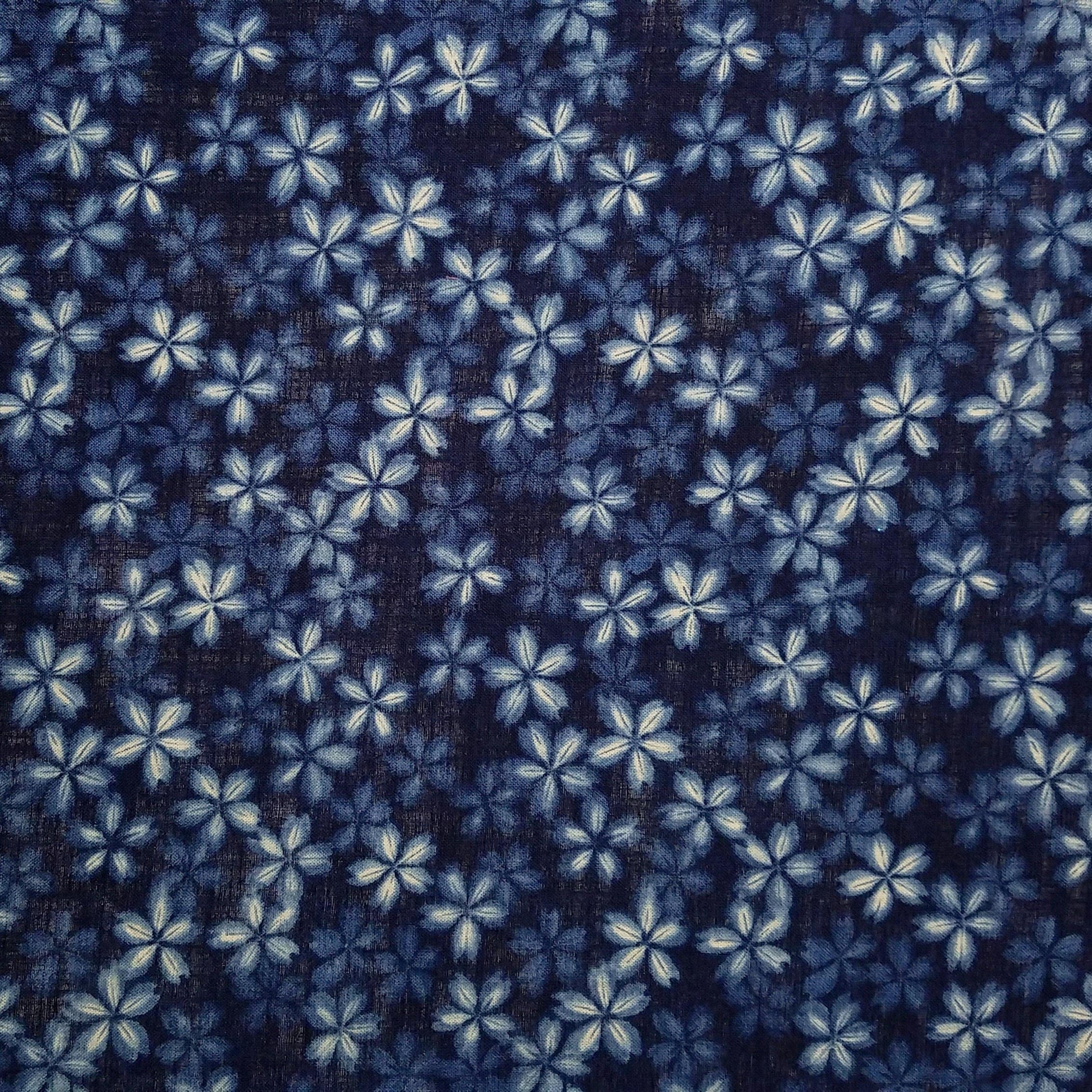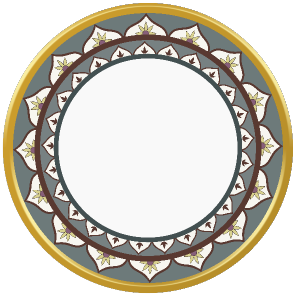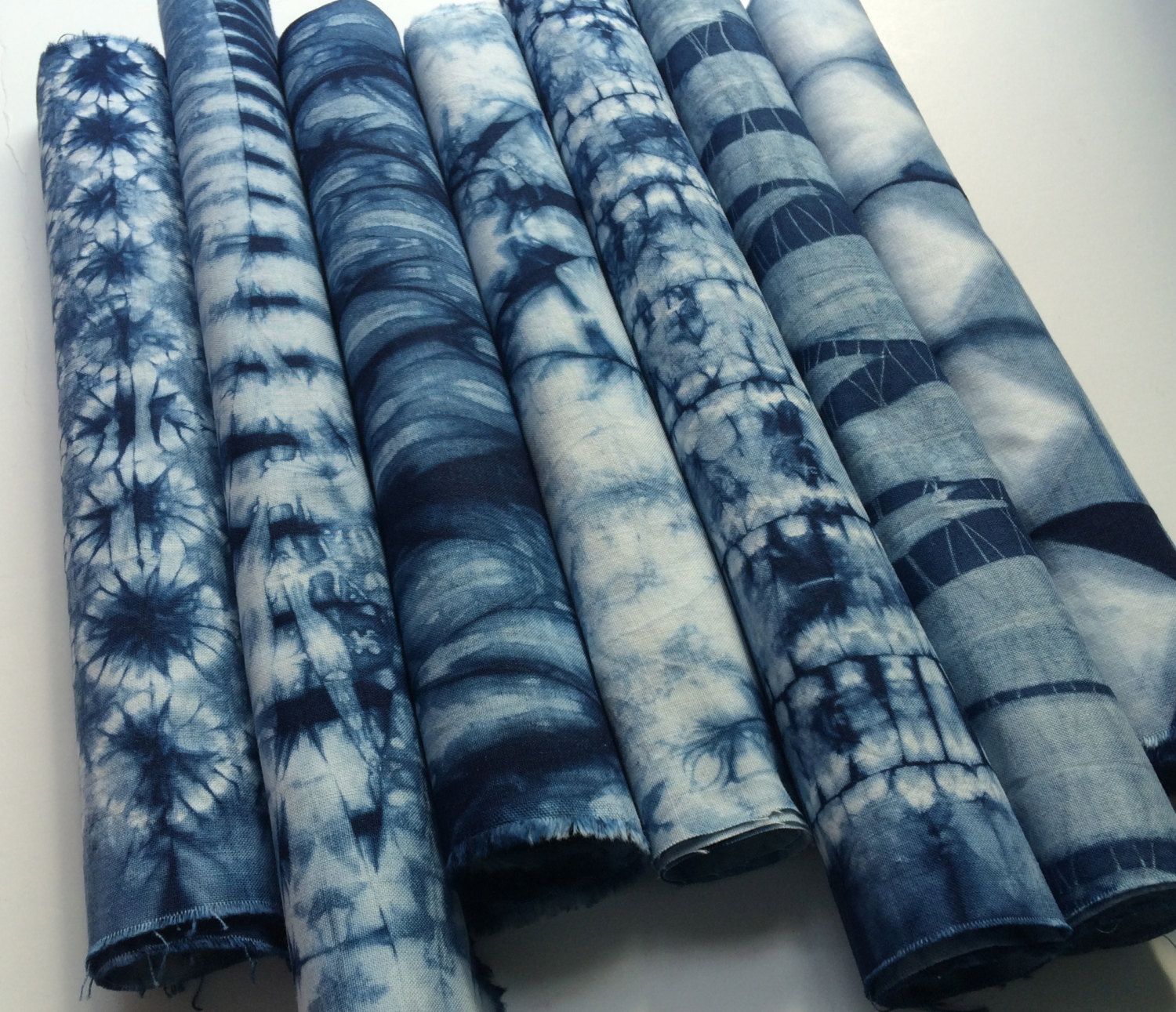Learn The Techniques Of Shibori & Dye Variants
I was watching these videos on Facebook the other day, and learnt of the amount of indigo Japan produced! I was simply amazed, as till now, I thought indigo was ONLY grown in India. The next question that popped in my head was, what was really done with the indigo that was produced by the Japanese farmers? Obviously, they must have put it to some good use! The next thing I know is Japan is famous for its certain tie & dye technique termed as ‘Shirbori’. As I delved deeper I learnt that it was mastered during the feudal era in Japan. The technique was often applied to fabrics such as silk, cotton, and hemp. The poor Japanese cultivated the art form over the years and made it a predominant means of their livelihood. Today some of the most famous fashion houses use this form of tie and dye while
designing their apparel.
Let us throw in a few questions in order to understand it better.
The first question is, ‘What is Shibori?
The term Shibori is used for the Japanese way of embellishing textiles with colour, by shaping the cloth and securing it before dying the same.
The word ‘Shibori’ has originated from the verb, root, ‘Shiboru’.

Image Courtesy: Etsy
What does the technique of ‘Shibori’ involve?
- This involves the wring, squeezing, and pressurising.
- While using this technique, the fabric is treated like a three-dimensional form whereby the form of folding, crumpling, stitching, plaiting, plucking or twisting gets involved in order to achieve the desired pattern while dying the cloth.
- When using this technique what is really important is to comprehend the resilience of the fabric involved. The pliancy will play a crucial role in developing the desired shapes and designs while dying the cloth.
- The technique involves numerous resist techniques in order to create the designs. It might interest one to learn that some of these techniques have been mastered by a number of dyers from around the world.
Trivia
Do you know where one can source the finest ‘Shibori’ tie and dye variants?
The finest variety of Shibori is sourced from Arimatsu in Nogaya, Japan.
Shibori is applied to cloth using numerous techniques. Some of these techniques include the following variants.
- Kumo Shibori – this involves the creation of the spider web pattern onto the cloth.
- Nui Shibori – The material is stitched to form a certain abstract pattern before dyeing. The patterns could be geometrical in orientation too.
- Arashi Shibori – The cloth is stretched and wrapped around a four-meter pole, and the dye is splashed onto the cloth creating a unique pattern of lines and dashes.
- Miura Shibori – this is the cheaper variety of Shibori. The loop binding technique implemented here creates a softer pattern. The technique is named after a Doctor’s wife who created the same.
- Suji Shibori – this type is similar to the Arashi Shibori variation. The cloth is bond, tied, dyed, and untied. However, the process of untying gets most tricky here. If untying is not appropriately done, it could hamper the design that is formed on the cloth.

Image Courtesy: Twice Upon A Time Design & Rochester Textile
End Note
Indians take to Shibori in the form of ‘Bandhni’. However, the Indian artisans are true to their culture, explore a plethora of colours that go with the technique. We do have the indigo variation in the form of batik too. But the love or the original art form will never fade.
For more such interesting stories, follow us on Facebook, Twitter, and Instagram.






 Image Courtesy: Etsy
Image Courtesy: Etsy
 Image Courtesy: Twice Upon A Time Design & Rochester Textile
Image Courtesy: Twice Upon A Time Design & Rochester Textile